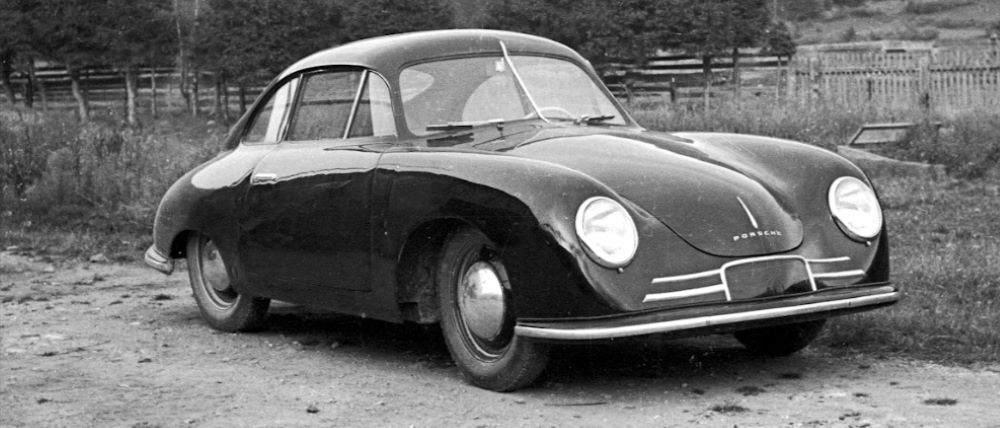
Porsche 356
On 8 June 1948, the first automobile bearing the Porsche name was approved for production: the Porsche 356/1 Roadster, manufactured in Gmünd in the province of Carinthia, Austria.
The “Gmünd Roadster” was powered by a 1.1-litre, air-cooled, four-cylinder boxer engine from Volkswagen. The engine’s power had been increased to 35 PS for the 356, which enabled the 585-kg roadster to reach speeds of up to 135 km/h (83 mph).
The original 356 (also called the “pre-A”) is easily recognisable thanks to its two-part windscreen divided by a centre bar. From the model year 1952, this was replaced by a single windscreen with a crease in the centre.
All 356s were also available in open-top versions (Cabriolet, Speedster or Roadster).

Porsche 356 A
In September 1955, the 356 was replaced by the much more advanced 356 A. From when it was launched on the market, it was available with five four-cylinder engines:
- 356 A 1300 with 44 PS
- 356 A 1300 Super with 60 PS
- 356 1600 with 60 PS
- 356 A 1600 Super with 75 PS
- 356 A 1500 GS Carrera with 100 PS
The modifications to the vehicle were part of “Technical Programme 1” (T1). Visually, the A series differed from the original 356 in a number of ways, including a single-piece, curved panoramic windscreen. Across all models, the front indicators were integrated into horn grilles and there was a modified front bonnet handle with an embedded Porsche Crest. From March 1957, the rear lights were teardrop-shaped.
The 1300 models were discontinued in September 1957 (T2). The tips of the tailpipes on the 1600 models were located between the bumper guards to allow for more ground clearance. The chrome-plated housing with number plate lighting and reverse light was mounted below the number plate.
All 356s were also available in open-top versions (Cabriolet, Speedster or Convertible D).
From the 356 A onwards, particularly sporty variants were given the additional “Carrera” designation and were powered by a Fuhrmann engine.
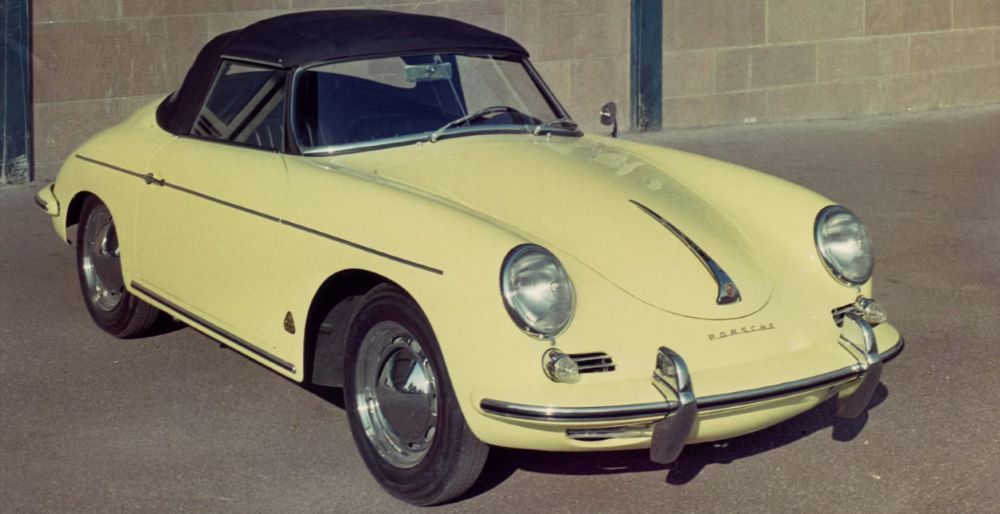
Porsche 356 B
In September 1959, the 356 A was replaced by the completely overhauled 356 B (T5). Its power spectrum ranged from 60 PS in the 356 B 1600 to 140 PS in the 356 B 2000 GS-GT Carrera 2.
Visually speaking, the B-series differed from its predecessor in various ways, such as the fact that the front bumper was positioned about 10 cm higher, with larger rim flanges, and that the headlights were also set significantly higher. The front indicators protruded to a greater extent and were next to horn grilles that were flatter and had two chrome-plated slats. The bonnet handle also became wider towards the bottom. The two lights that lit the number plate were integrated into the now-higher rear bumper and the reverse light was mounted below the bumper.
In September 1961 (T6), the 356 B’s bonnet was significantly widened towards the bottom and a fuel filler cap on the front-right wing. Two vertical ventilation grilles were integrated into the enlarged rear bonnet.
All 356s were also available in open-top versions (Cabriolet, Speedster or Roadster).
From the 365 A onwards, particularly sporty variants were given the additional “Carrera” designation and were powered by a Fuhrmann engine.
The engine, named after the designer Ernst Fuhrmann, was characterised by four overhead camshafts that were driven by vertical shafts. What’s more, this engine had dual ignition via two separate ignition distributors.
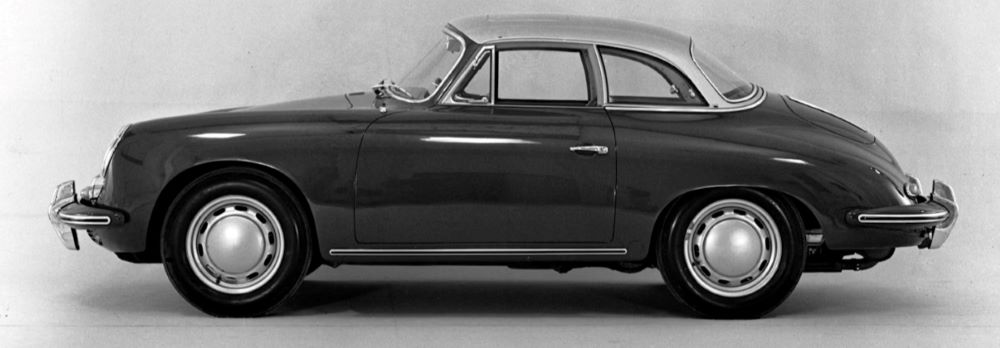
Porsche 356 C
The 356 C replaced the 356 B in September 1963. The choice of engines was reduced to three, and the previous 60-PS variant was dropped. Instead, the 75-PS unit used in the B 1600 Super became the entry-level engine for the C series. The most powerful engine, found in the 356 C 2000 GS Carrera, produced 130 PS.
In visual terms, the C series was very similar to the B series. A noticeable change was the modified rims, which had flatter hub caps without the Porsche Crest. The new hub cap design was introduced because all 356s were now equipped with disc brakes as standard. The C-series also featured round exterior mirrors.
The final Porsche 356 C was delivered in May 1966.
All 356s were also available in open-top versions (Cabriolet, Speedster or Roadster).
From the 365 A onwards, particularly sporty variants were given the additional “Carrera” designation and were powered by a Fuhrmann engine.
The engine, named after the designer Ernst Fuhrmann, was characterised by four overhead camshafts that were driven by vertical shafts. What’s more, this engine had dual ignition via two separate ignition distributors.
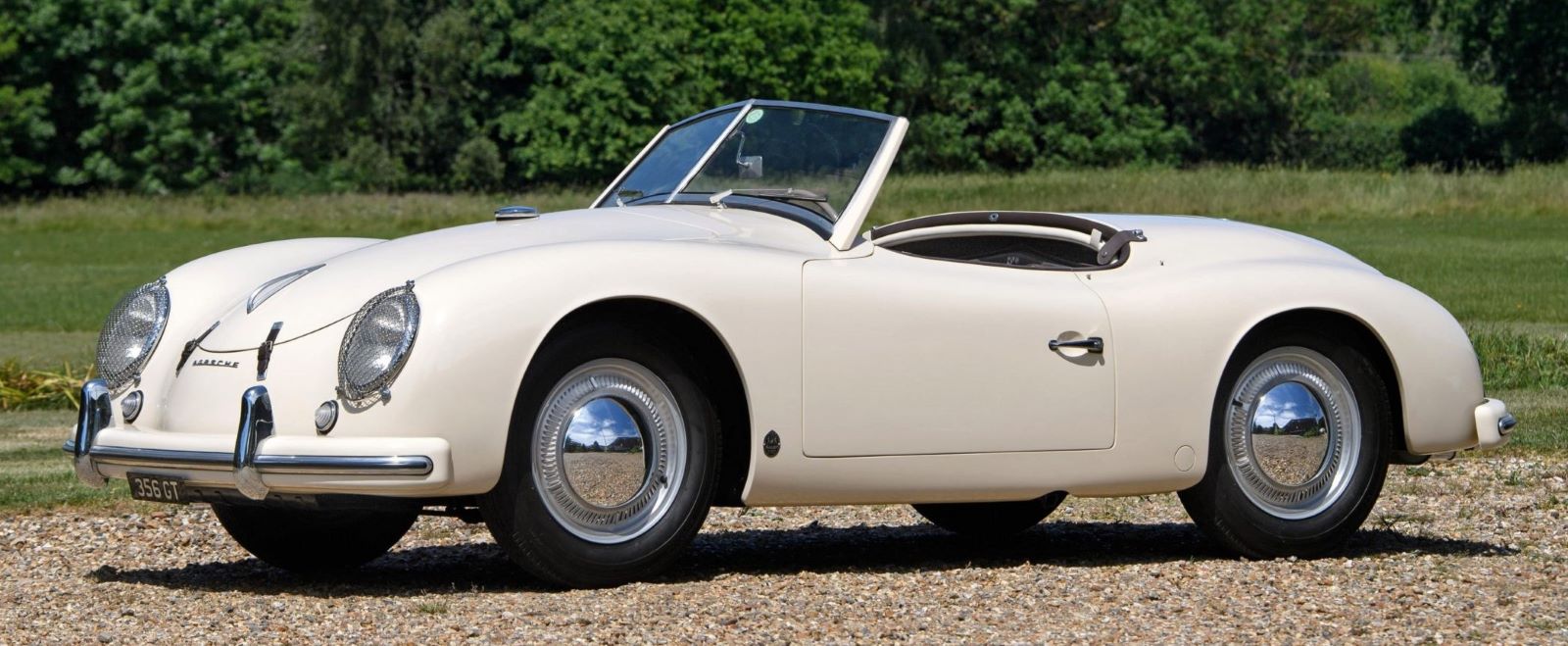
Porsche 356 America Roadster
This isn’t technically a Speedster, but the Type 540 –known more commonly as the America Roadster–started the idea. The air-cooled, 1.5-litre flat-four produces 70 horsepower, which may not sound like much until you realize that in 1953 the regular 356 produced just 40. Not to be confused with the 356 Speedster—that came later and cost two-thirds the price—America Roadsters weren’t a commercial success. U.S. importer Max Hoffman convinced Porsche it needed a lightweight convertible to compete with the best from Jaguar. But the production methods used to create the America Roadster’s aluminium body proved to be too expensive, and in 1952 Porsche built only 17 units before its discontinuation in 1953.

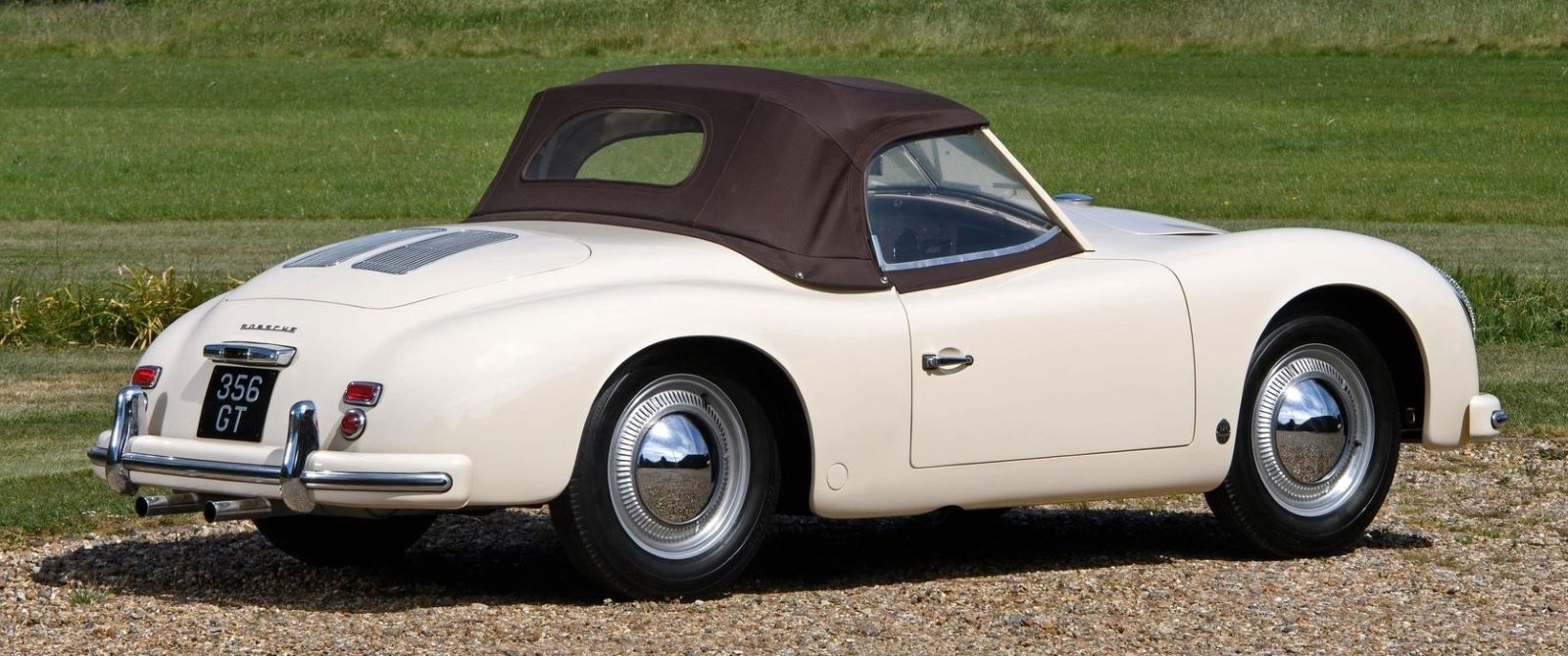

You must be logged in to post a comment.